If this were a music mag, it would have made for a great advert. “Rage against the machine,” read the headline gracing the cover of the October 22nd edition of The Economist. The subheadline, however, was a bit more in keeping: “Capitalism and its critics.” Reinforcing the message was a photo of a concerned young man next to a US flag, a dollar bill taped across his mouth.
This was a warning, as much as it was coverage. Well-known for its championing of laissez-faire economics, the British news weekly was sounding a precautionary note about the anti-market protests sweeping the US. Using a provocative photo, by unofficial OWS house photographer David Shankbone, helped underline the seriousness with which The Economist was handling the story.
From an editorial perspective, there was no argument. This was a terrific magazine cover, as inviting to activists as it is frightening to accountants. Everyone would want to read it. As troubling, however, was its singular focus on OWS. In keeping with most media coverage of the event, the focus was more on the significance of the demonstrators, than on what it is they are protesting against.
Certainly, it is hard to sell papers by sexing up statistics about distress. Nonetheless, media emphasis on the novelty of a new ‘left’ coalescing around OWS can be as problematic as not reporting on it at all. Souciant has decided to call attention to this editorial conundrum by presenting examples of what protests like OWS draw our attention to: economic injustice and social inequality.
Hence, our decision to publish several photographs, documenting homeless persons, in several EU member states, over the course of the past year. The decision to use photos of persons sleeping was not just made on the basis that it was easier to take pictures of them than if they were awake. The idea is that they are like metaphors, sleeping, as they do, through their distress, much like we do.
Forum des Halles, Paris. January, 2011.
Les Invalides, Paris. January, 2011.
Vanchiglia, Turin. June, 2011.
Waterproofed belongings, central Turin. May, 2011.
Rue de la Loi, Brussels. September, 2011.
Rue de la Loi #II, Brussels. September, 2011.
Photographs courtesy of Joel Schalit. Lead photo: Piazza Veneto, Turin. September, 2011.
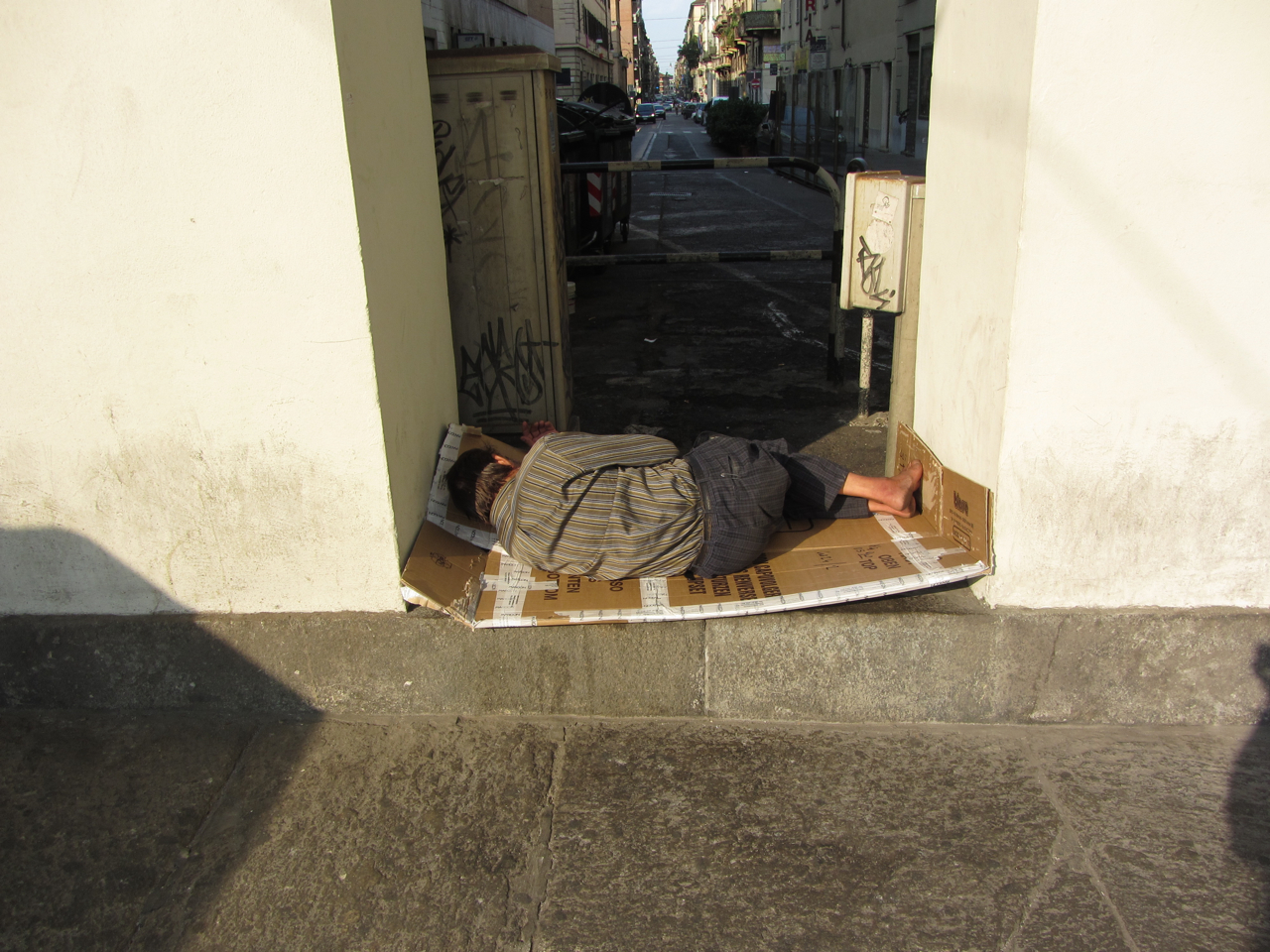






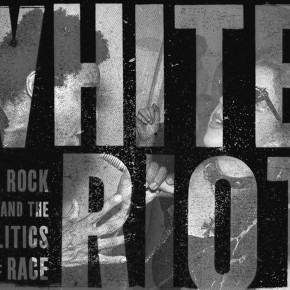
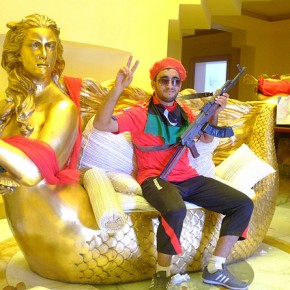
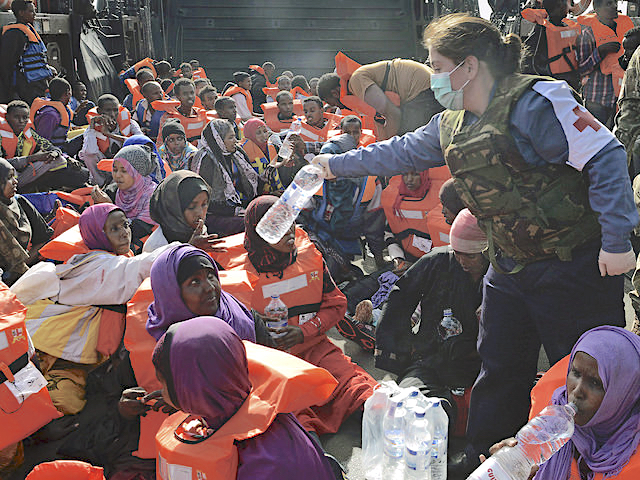

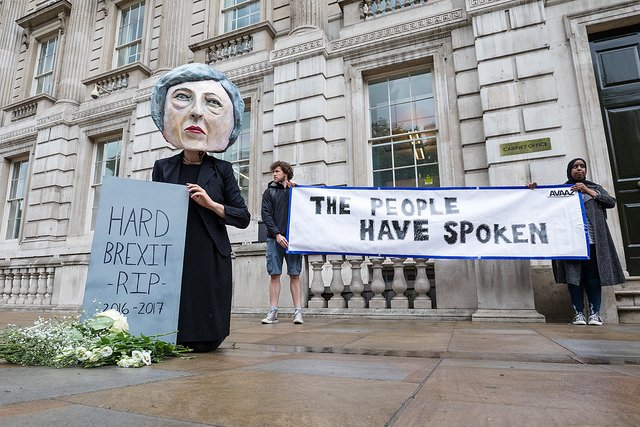
Every time I see a new bus bench with “armrests” I am reminded what they are really for: to keep the homeless from having a flat, dry place to sleep. I wonder how much callousness it took to think that the problem with homeless people sleeping on benches could be solved by putting in the “convenience” of armrests. Armrests, incidentally, that are too low to be used as armrests. They are like vestigial armrests. Because we wouldn’t want bus people to be too comfortable either.
So who do these “benches” serve? They are in public parks and along main thoroughfares. Places that people who matter might use. People who want to imagine that the homeless are being served, and that “bus people” are being comforted, without having to actually serve or comfort either group. So, homeless are denied a place to sleep, carless are denied a place to rest (note that while all of these benches have the middle two armrests, most do not have the outer two armrests), but those passing by in the morning commute can imagine that everything is fine.
I haven’t seen any armrests on Italian park benches.